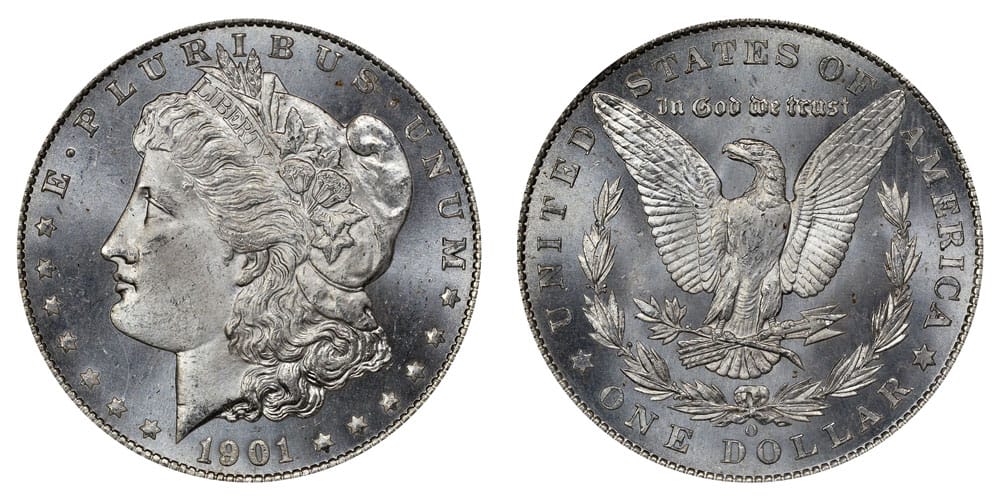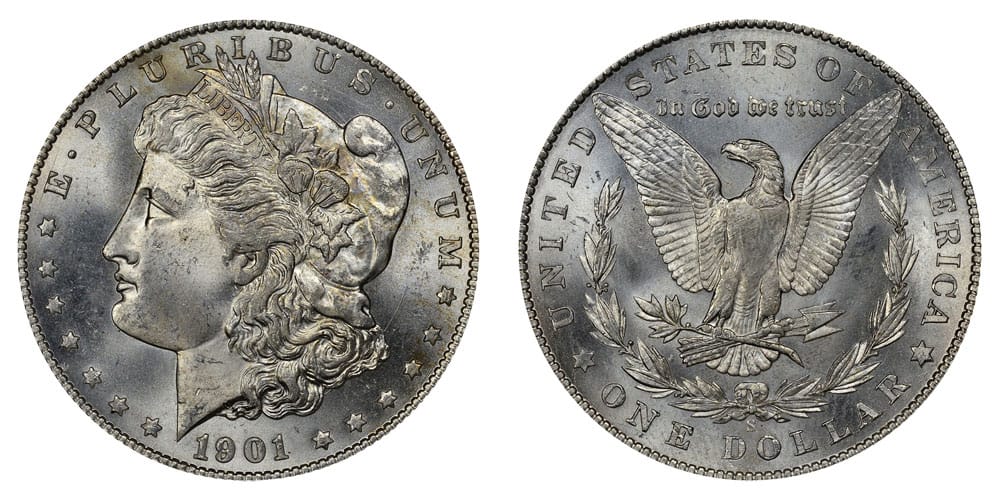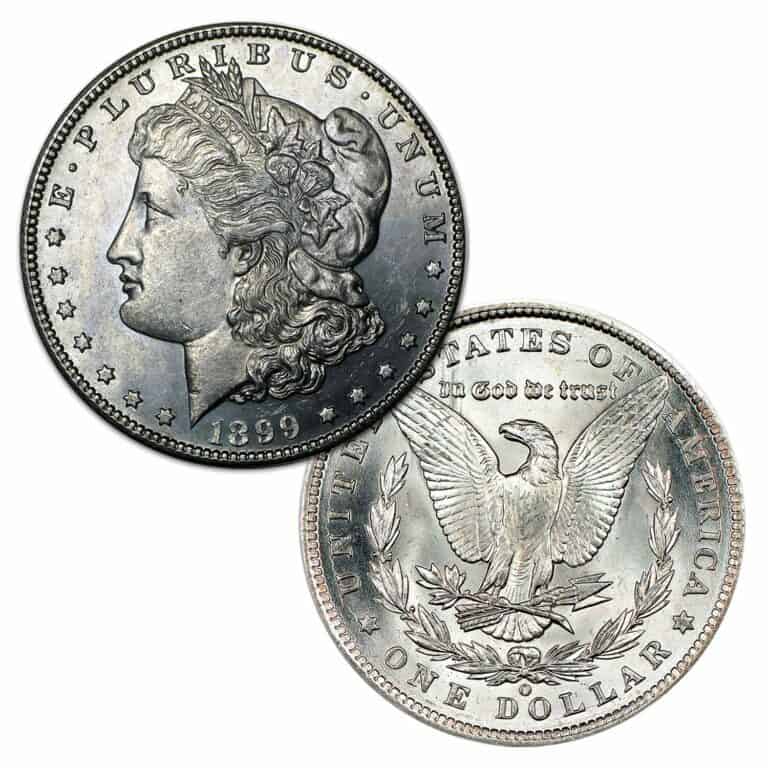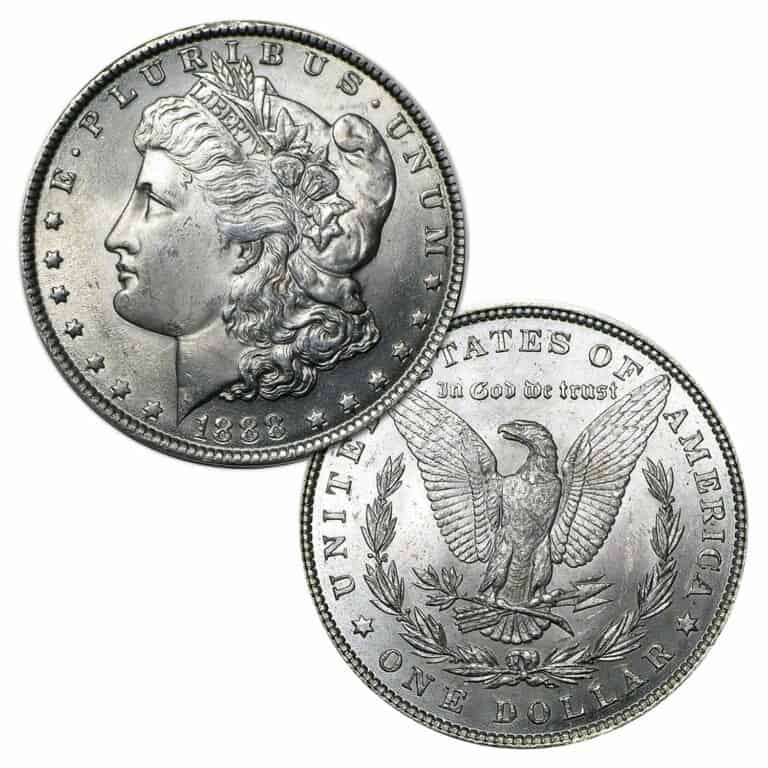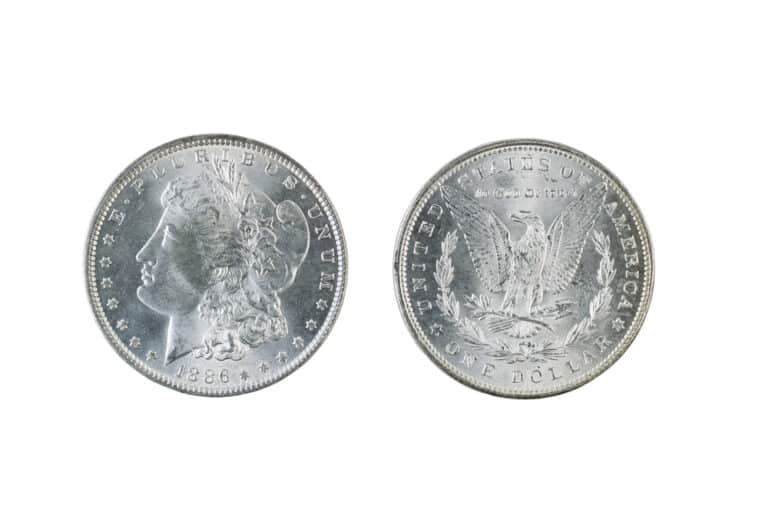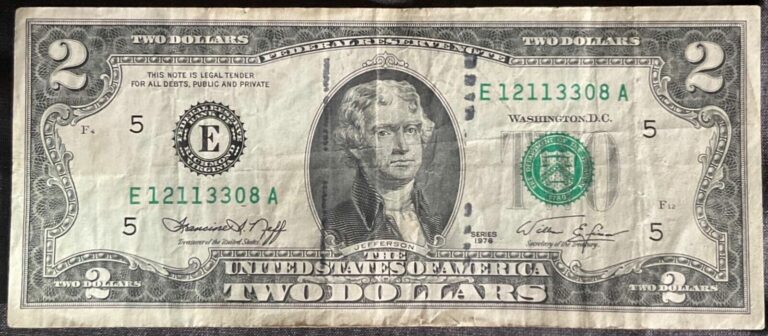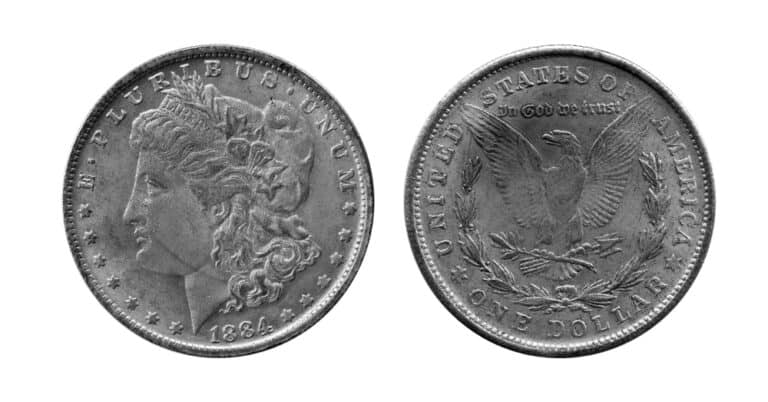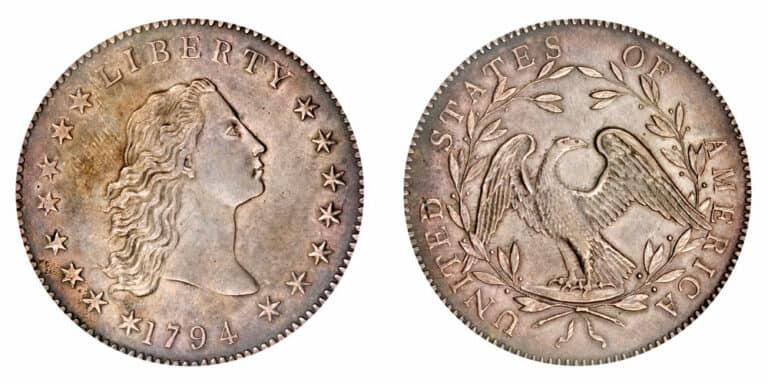1901 Silver Dollar Value: How Much is it Worth Today?
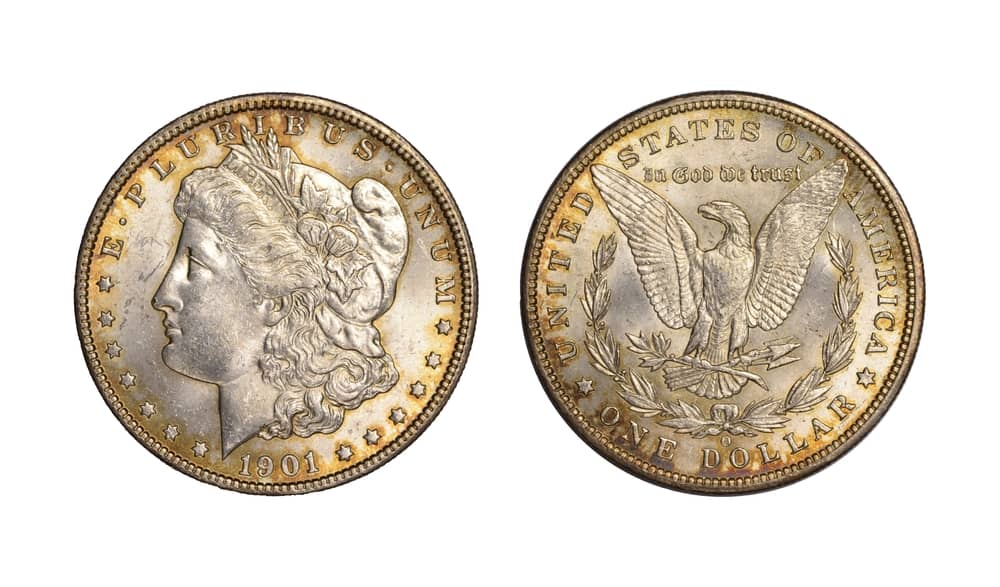
1901 marked the start of a new century, which saw beloved President Theodore Roosevelt’s first days in the presidential seat ascending from the position of Vice-President. The Hay–Pauncefote Treaty was also signed, which led to the creation of the Panama Canal. As a mark to start the last century of the millennium, you might be interested in keeping a memento in the form of a 1901 silver dollar coin.
In this article, we will be looking at the 1901 silver dollar, its value, varieties, grading, VAM varieties, and frequently asked questions!
1901 Silver Dollar Value |
||||
| Mintmark | VF20 | AU50 | MS60 | MS65 |
| 1901 No Mint Mark P Silver Dollar Value | $87 | $415 | $4,622 | $376,660 |
| 1901 O Silver Dollar Value | $55 | $63 | $74 | $254 |
| 1901 S Silver Dollar Value | $71 | $298 | $578 | $3,861 |
| 1901 Proof Silver Dollar Value | $1,600 (PR60) | $4,400 (PR63CA) | $9,100 (PR65CA) | $22,000 (PR66UC) |
1901 No Mint Mark P Silver Dollar Value
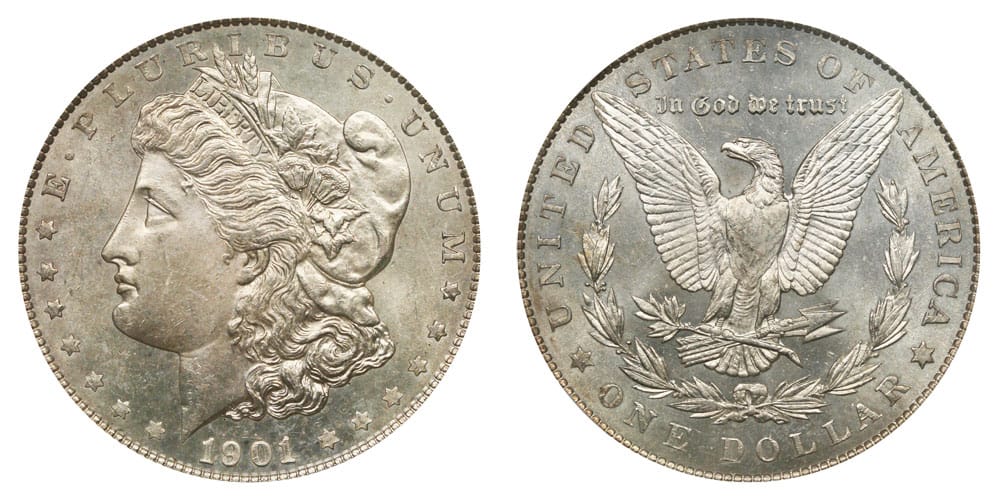
To see a 1901 P silver dollar with no mint mark in modern times, the coin would have to go through a lot of trials and tribulations. First off, despite a relatively high mintage of almost 7 million pieces, it is likely that a great majority of these coins joined general circulation. That presents a challenge not just in survival rates, but also in preserving mint state pieces.
Secondly, the Pittman Act of 1918 was enacted to help finance the war efforts for Great Britain. As part of this act, the government called for the great silver dollar melt, which saw the melting of over 259 million Morgan silver dollars ever minted up until that year. 26 years’ worth of coinage were melted to support the first global conflict, and the victory of that war was paid by the price of numismatics.
Over the years, the 1901 P silver dollar was not a popular sight in auctions, not that you would even see them often. Collectors interested in the 1901 issue opted for proof coins, and circulation strike coins received little to no attention. Having no presence on the Treasury releases in the 1940s, 1950s, and even the 1960s, this coin would prove to become obscure over time.
If any of the coins survived the two hindrances to its survival, then it would rightfully command a high premium. Despite circulated coins being plentiful, the sheer reputation of its mint state peers being exceedingly rare drives the overall prices of the 1901 silver dollar across all grades up. Add up the fact that it has been almost a century and a quarter since their issue, and you’ll find the 1901 P coins in a mint state to be one of the rarest coins.
The price curve of the 1901 P silver dollar coin starts off steep at 40 times its face value, $40, then steadily rises up to Almost Uncirculated grades at $425. Right before crossing uncirculated grades, the 1901 P already breaks $1,850 at AU58, while mint-grade coins start at $4,500.
The rarity of this coin at these grades hikes the price curve across all mint conditions very steeply, with the last non-gem grade priced at $90,000 already. Gem specimens, if you find any, already start at a whopping $325,000, and the highest known grade, MS66 will set you back shy of almost a quarter of a million at $700,000.
The current auction record price for a 1901 silver dollar coin is $587,500, for an MS66 specimen.
1901 O Silver Dollar Value
The 1901 O silver dollar issue paints a picture of stark contrast to the 1901 P silver dollar. While the latter is deemed one of the rarest coins, the mintage from New Orleans, which amounted to over 13 million, is considered today a relatively common issue.
In the early years, the 1901 O silver dollar was exceedingly hard to find in mint condition. With a high mintage, this was considered odd but not a lot of people realized this back then. When the New Orleans Mint closed, their stashes of silver dollars were transported to Philadelphia and Washington, D.C.
The stashes from Washington were thought to have trickled down to collectors in the 1950s. However, the available quantities of 1901 O coins would greatly increase in the release of bags from the Philadelphia Mint in 1962. This release introduced a lot of mint state 1901 O coins into the hands of collectors, transforming the entire issue into a common date.
The 1901 P and O issues, aside from their age and the exceeding rarity of the former, do not have anything else running for them. Their make is uninspiring, most of them are poorly struck and bagmarked, and they do not have enough luster to be aesthetically pleasing.
The 1901 O silver dollar starts off strong, with a starting price of $32. However, unlike the 1901 P silver dollar, the price curve of the 1901 O stays relatively flat across all grades, reaching up to $66 before going to uncirculated grades. Uncirculated non-gems come relatively cheaper at $72 to $190, while gems start off low at $325 for MS65 and peak at $75,000 for an MS68 piece.
The current auction record for the 1901 O piece goes to an MS68 piece, which sold for $55,813.
1901 S Silver Dollar Value
With a mintage of over 2 million pieces, you would expect the 1901 S silver dollar to hold a candle against the rarity of the 1901 P Morgans. Although it is definitely a rare issue, it holds a better comparison in terms of survival with the 1901 O silver dollar.
Although most of the mintage joined general circulation, a few managed to save themselves from the hands of commerce and into the careful collection of numismatics and enthusiasts. The low mintage contributes to this issue being the only uncommon one in circulated grades, and its mint-grade coins are rare, although not by leagues different from the 1901 O issue.
The 1901 S silver dollar has a slightly steeper and more consistent price curve than the 1901 O issue, especially across its uncirculated grades. It starts off strong at $37, briskly increasing across Almost Uncirculated and Uncirculated grades. A Mint State coin would start at $700 and steadily increase up to $2,600 for an MS64+ piece. Gems start at $3,600 and peak at $32,500 for an MS67 piece.
The current auction record price is $42,300 for an MS67 specimen.
1901 Proof Silver Dollar Value
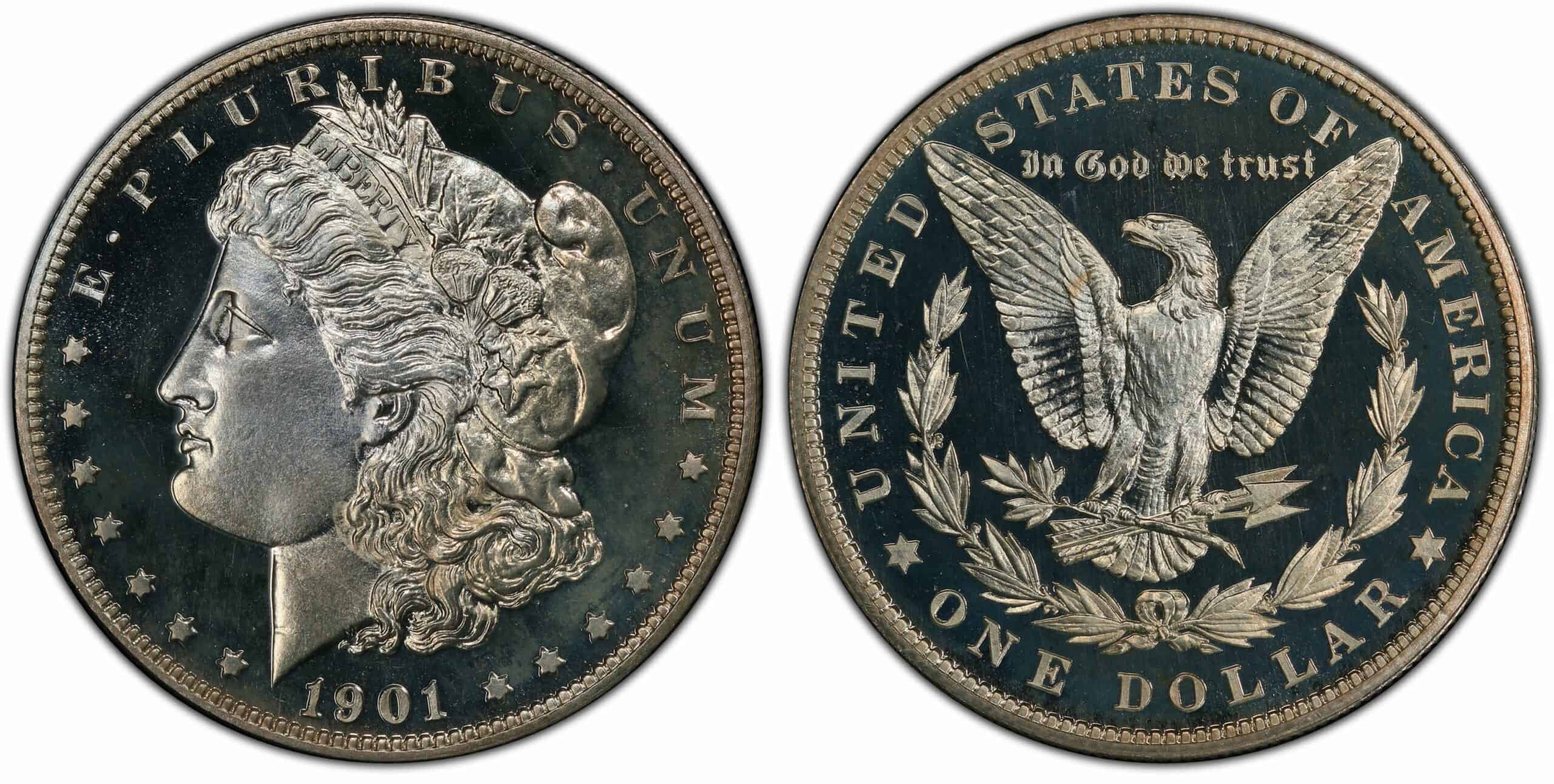
With a mintage of only 813, the 1901 proof silver dollar coins had a modest count for their time. Back then, this was the go-to for collectors if they were looking to fill the void of a 1901 Morgan dollar issue in their collections, which initially left the circulation strike coins unnoticed.
Once numismatists and enthusiasts realized the rarity of the 1901 P silver dollar coins at uncirculated grades, the 1901 proof coins naturally gained a higher premium. Their prices do not match that of the 1901 P coins, so they can be a good alternative for the elusive circulation strike mint-grade coins.
PR60 coins start at $1,600, and this price steadily increases up to PR66, at $9,000. A PR68 can easily set you back $37,000. CA coins command a higher premium, starting at $3,650 for a PR62CA piece, and the highest grade available, PR68CA will cost you $53,500.
The current auction record price is $57,500 for a PR68CA piece.
1901 Silver Dollar Grading
As with any coin, the 1901 silver dollar is judged using a standard numerical scale. Called the Sheldon coin grading scale, it starts at 1 and ends at 70, ascending as the quality of the coin improves. Qualitative descriptions, such as Good and Mint State, often accompany this grade.
Aside from this scale, Morgan silver dollars are also categorized accordingly by the VAM system. If the coin exhibits unusual characteristics, it may be inspected to see if it is a VAM variety. Being a VAM variety may improve the desirability of the coin.
Rare 1901 Silver Dollar Error List
The 1901 silver dollar coin is part of a series called the Morgan silver dollar. As it so happens, enthusiasts have developed a system that aims to identify all possible varieties of all silver dollar coins, which include the Morgan and Peace silver dollars. Called VAM, VAM varieties are not necessarily errors, although many of them are.
It should be noted that VAM varieties are identified by both issue and number. For example, a 1901 P VAM 2 does not exhibit the same elements found in a 1901 S VAM 2. The only exception is VAM 1, which indicates the normal die condition for all coins.
1901 P Silver Dollar VAM 3 Error
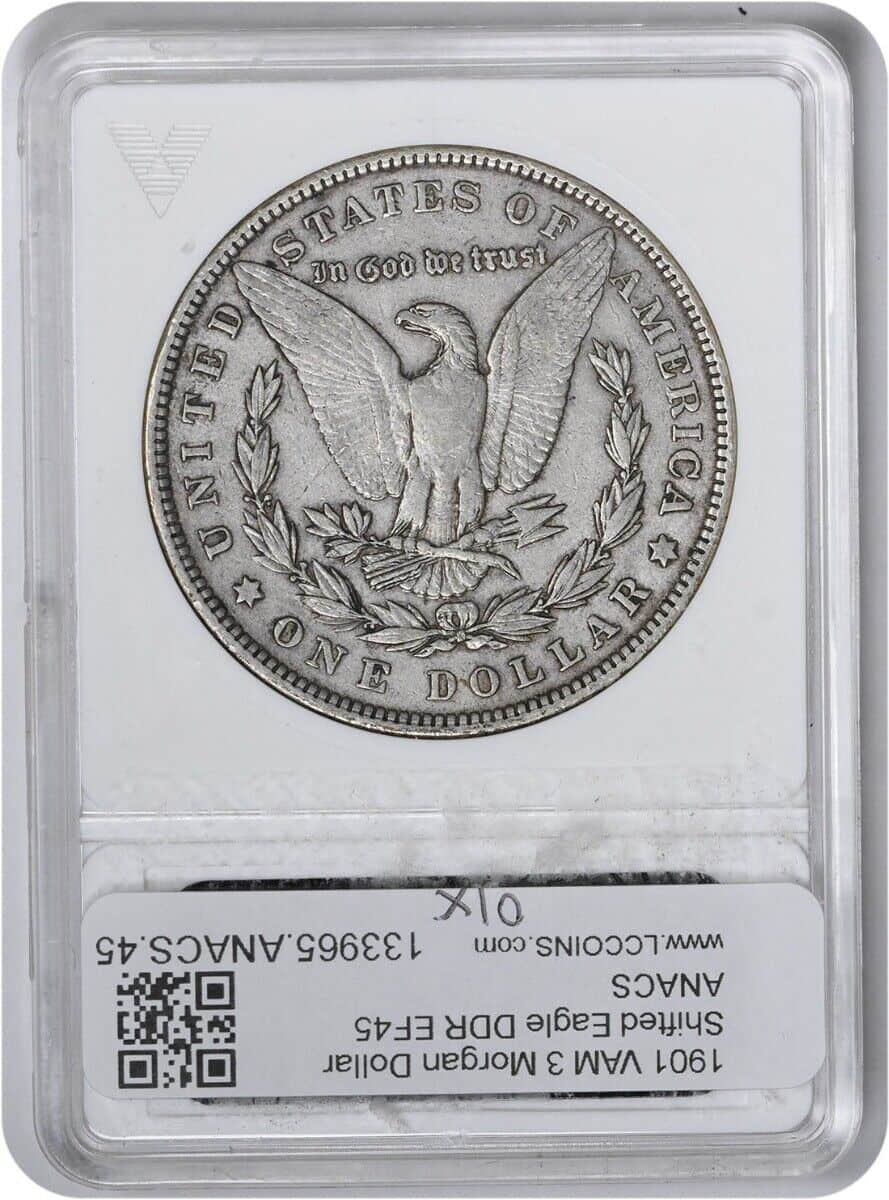
Officially listed as “Shifted Eagle, Double Die Reverse,” the 1901 P VAM 3 refers to a doubled die reverse error which is prominent on the eagle found on the reverse of the coin. A doubled die error is common across most American coins, and it refers to a die error where the hub misaligns on subsequent strikes to the die. Coins minted using that die then exhibit some doubling on certain elements of the coin.
In this case, the eagle on the reverse of the coin is slightly shifted, and certain parts of the eagle, specifically the tail feathers and the lower beak, as well as other elements of the reverse design, are strongly doubled. This doubling can even be seen with the naked eye.
The current auction record is an MS61 piece, which sold for $43,200.
1901 O Silver Dollar VAM 34 Error
Listed as “2 Eyelids, 2 Olive Reverse,” the 1901 O VAM 34 refers to a variation of the doubled die error, in which certain elements are clearly doubled. In this case, several elements found on both the obverse and reverse of the coin are known to be doubled.
On the obverse, the eyelid of Liberty has a clear and strong doubling. On the reverse, an extra olive is found on the branch and greatly offset from the top impression.
Other doubled elements listed under this VAM are the following: hair above the ear is slightly doubled, as well as the olive leaves and the right side of the eagle’s nostril and eyes.
1901 O Silver Dollar VAM 46 Error
Listed as “Doubled Profile, Slanted Date, 2 Olive Reverse,” the 1901 O VAM 46 is a variation of the previously listed VAM. Both VAMs list an extra olive on the branch on the reverse. A major difference in this VAM is that the reverse is rotated at least 75 degrees counter-clockwise.
A doubling of Liberty’s profile is also prominent, found on the forehead and chin. The 1901 date on the obverse is also found to be slanted since the right 1 is higher than the left 1.
1901 S Silver Dollar VAM 14 Error
Officially known as “Slanted Date, 0 in Denticles,” the 1901 S VAM 14 is regarded to be a duplicate or a variety of another known VAM, VAM 11. Both VAMs exhibit the slanted date, where the right 1 is slightly higher than the left 1.
Aside from that, the VAM 14 exhibits an extra characteristic, the presence of an extra design element on the denticle of the edge of the coin. Based on the observed curvature of the design element, it is thought to be a 0 on one of the denticles right below the date.
1901 Silver Dollar FAQ
What is a 1901 silver dollar worth today?
Being a coin that’s over 120 years old, a 1901 silver dollar coin will be worth quite a lot. If you found a circulated 1901 silver dollar today, you can sell it for as much as $350. If you find a mintmarked 1901 silver dollar in mint condition, you can expect to sell it for $70, and it only goes higher from here.
If you managed to come across a 1901 silver dollar with no mintmark, you’re looking at the most expensive variety for this issue. A circulated one can get you as much as $1,050, and if it’s in mint condition, you’re looking at $3,325. The better the quality, the higher the price, as high as $650,000!
Where is the mint mark on a 1901 silver dollar?
Coins minted in the Philadelphia Mint don’t have a mintmark, so coins minted in New Orleans and San Francisco are the ones that have a mintmark, respectively O and S. The mintmark can be easily found on the reverse, right below the base of the wreath and the eagle.
How many 1901 Morgan Silver Dollars are there?
Overall, the official total count of the 1901 Morgan silver dollars is 22,566,813. This includes the 1901 P, O, S, and proof coins made in 1901. Both the 1901 O and S are considered to be plentiful today, with many mint specimens readily available for collectors.
However, this issue, most especially the 1901 P silver dollars, was subject to several challenges that may have reduced their survival rate over the years. The 1901 P issue was noted to have entered general circulation, and no bags of mint coins were released. Additionally, the Pittman Act included a lot of silver dollar coins, including this issue, for the great silver dollar melt. Nowadays, around 10% is estimated to have survived, and a small fraction of them are mint state coins.
